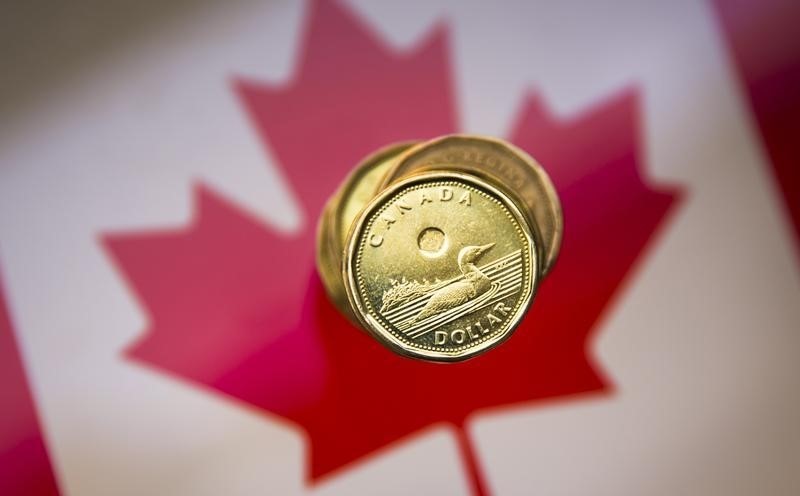By Ketki Saxena
Investing.com – The Canadian dollar touched a two month high against its US counterpart as sentiment was definitively risk-on following comments from US Fed Chair Jerome Powell.
Stronger than expected domestic jobs data also helped boost the loonie, with the Canadian economy adding nearly 25,000 jobs in November compared to expectations of a 15,000 gain.
The US dollar meanwhile posted a modest decline against a basket of currencies, as traders cemented bets that the US central bank has concluded its policy tightening campaign follow Fed Chair Powell’s comments.
Powell acknowledged progress in lowering inflation and noted that monetary policy was slowing the economy in line with expectations. While Powell also cautioned that it "would be premature to conclude with confidence that we have achieved a sufficiently restrictive stance, or to speculate on when policy might ease”, markets appeared to shrug off the warning.
For the week, the Canadian dollar has been one of the better performing G10 currencies, which analysts at Scotiabank (TSX:BNS) note have been for two key reasons: “Firstly, risk appetite has helped CAD gains in the past few weeks but it remains to be seen whether the “Santa Clause” rally can extend.”
“Secondly, relative data surprises have shifted in the CAD’s favour. Canadian data prints are generally coming in stronger than expected while US data outcomes are trending somewhat weaker than expected.”
The reason that the CAD is benefiting from soft US data is that it helps “dampen yields, weaken the USD and lift risk appetite.”
Next week, major US data likely to provide impetus to the pair will include NFP data on Friday. The expectation is for job growth to slow and the unemployment rate remain steady.
On the Canadian calendar meanwhile, the focus will be the Bank of Canada’s policy decision on Wednesday. The Bank is widely expected to keep rates on hold, the BoC’s rhetoric is expected to stay hawkish as it aims to push back market expectations for rate cuts in H1 2023.
